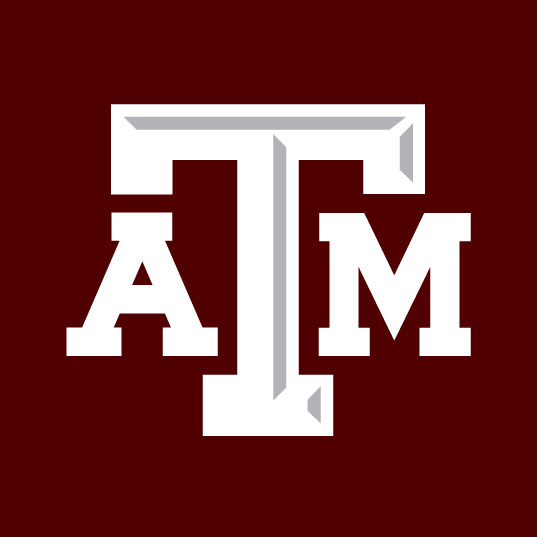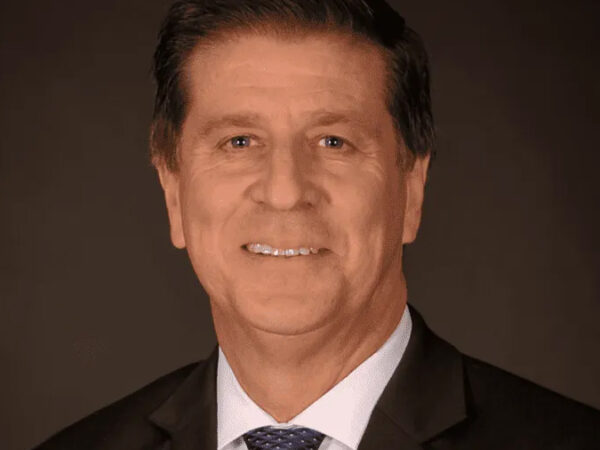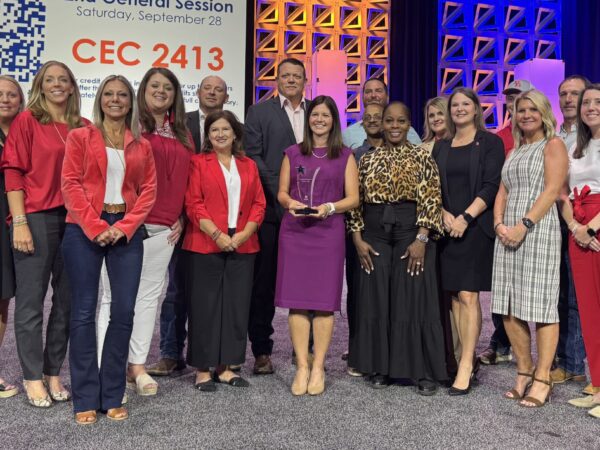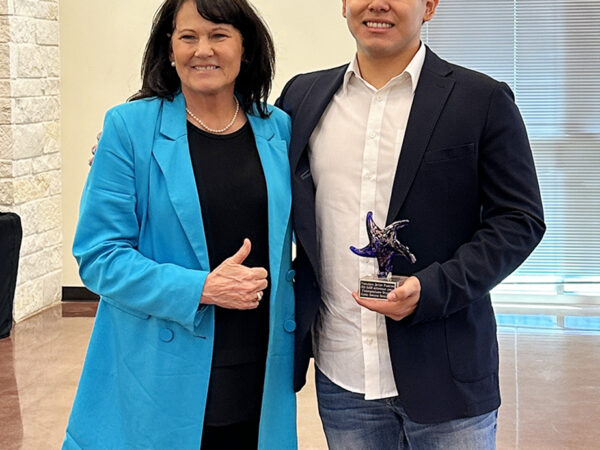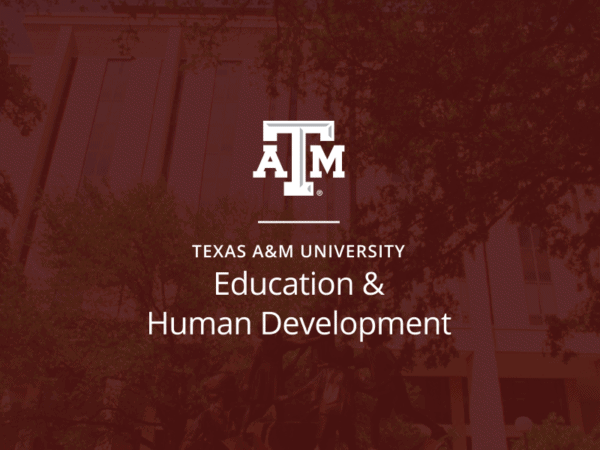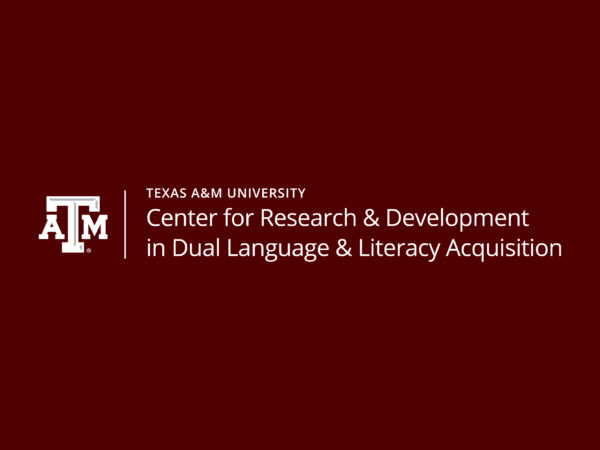Supporting Children With Disabilities And Their Families
YOUR THIRD GRADER SHOWS YOU HIS SCIENCE HOMEWORK.
IT ASKS, “WHY DO WE GET SCABS?” YOU STUMBLE FOR A MOMENT. YOU HAVEN’T THOUGHT ABOUT THIS FOR A LONG TIME! WHAT ARE THOSE THINGS CALLED…PLATES, NO PLATELETS? DON’T THEY HAVE SOMETHING TO DO WITH SCABS? YOU SEARCH YOUR BRAIN SOME MORE. WHAT WERE THOSE THINGS CALLED THAT CLEAN OUT THE DIRT? OH YES, MACROPHAGES. USING THESE TWO IMPORTANT TERMS FROM THE ACADEMIC LANGUAGE OF SCIENCE, YOU BEGIN TO PIECE TOGETHER A REASONABLE EXPLANATION FOR HIM.
But what happens when your child is bilingual and the science problem is not in the language spoken at home? A lack of an ‘academic language’, or the language needed by students to do their work, may be a contributing factor in the achievement gap for English language learners across the state and nation especially in STEM fields. Scholars at the Center for Research and Development in Dual Language and Literacy Acquisition believe one of the first steps starts with training educators to work with these students specifically.
“Today almost everything revolves around STEM related projects. These subjects require us to understand academic language and students must have strong academic foundations in order to be able to learn more sophisticated instruction,” Dr. Rafael Lara-Alecio, director of the center said.
Working with teachers and administrators in the Aldine Independent School District in Houston, these researchers are developing a model to improve the English literacy development for English language learners through structured professional development for bilingual educators.
Led by Dr. Lara-Alecio, the team developed a set of curriculum for selected teachers along with bi-weekly training sessions after school. The sessions focused on lesson plan structure and guidance on how to implement the curriculum with their students.
“We provided the teachers with a set curriculum and trained them to use effective strategies to help students learn the academic language in English through virtual professional development,” said Dr. Lara-Alecio. “By infusing scientific concepts into the lesson, students will have the opportunity to learn the academic language needed to succeed in the classroom while they are improving their English language skills.”
“We saw that in order for students to improve their comprehension, K-2 students must go from learning to read, to reading to learn by the fourth grade in order to properly catch up with their English-speaking peers,” said Dr. Fuhui Tong. “Third grade is seen as a transition year for students.”
The importance of this research may extend further back into early child hood education. Dr. Tong adds that English language learners need about five to seven years to properly develop and acquire academic language.
The researchers used both standardized tests and district-developed tests to evaluate the effectiveness of their model.
Initial findings of the project show the critical need for reaching these students at an early age.
“We found that the intervention was successful. The students who completed our program scored significantly higher in the areas of vocabulary, decoding skills, content reading, and in science achievement than those who had not participated,” said Dr. Beverly Irby, co-director of the center.
Students in the selected classrooms also outperformed the control students on tests of oral reading fluency, science assessment, district science benchmark tests, and district benchmark tests in reading.
“For teachers participating in the project, they felt the strategies were very effective in engaging and motivating their students,” said Dr. Tong. “They continued using the strategies they learned even after the project was completed and shared them with other teachers in the district.”
The Bilingual Education Program at CEHD was recognized as a BRIGHT SPOT IN HISPANIC EDUCATION by the White House Initiative on Educational Excellence for Hispanics.
The program addresses educational achievement gaps for bilingual students and has helped graduate and certify over 200 bilingual educators every year.
LEARN MORE AT LDN.TAMU.EDU
Fundraising
To learn more about how you can assist in fundraising, contact Amy Hurley, Director of Development ahurley@txamfoundation.com or 979-847-9455.

